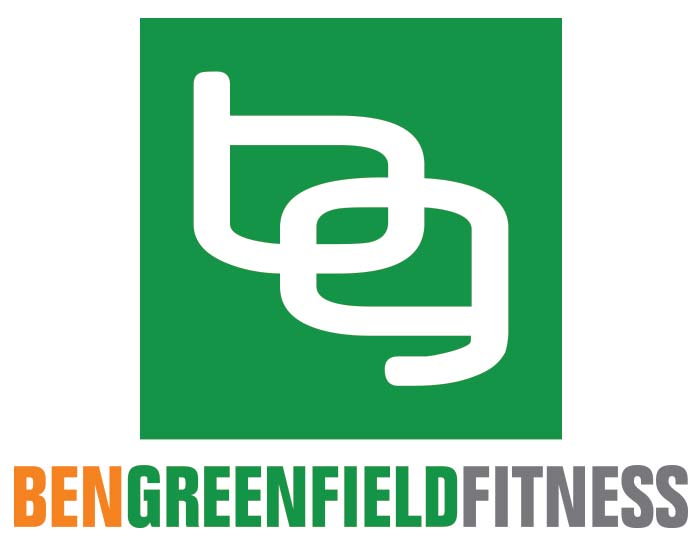Functional Training That Gets Results
Many people spend the majority of their workout time building non-functional muscles that rely on hinges and bolts to function properly. That’s right – I’m talking about working out on weight machines. Weight machines have a strong application towards: 1) helping to provide stability and support for a weak muscle (i.e., just starting into an exercise routine or coming off a long break); 2) helping to provide a safe motion when balance is a factor (i.e., individuals with neuromuscular deficits); or 3) assisting in fitness maintenance during an injury (i.e., performing leg extensions when rehabilitating a sprained ankle). The rest of the time, people who work out on weight machines are simply building muscle that has no significant functional application. By this, I mean that none of the small, stabilizing muscles have to work to support the major muscle groups that are exerted during a repetition on a weight machine, because the machine is providing the stabilization. Therefore, the major muscle groups are strengthened, but when an individual is no longer supported by the weight machine, they simply have a muscle that can provide a strong contraction with little to no support from the other stabilizing muscles. While this is completely counterproductive for an athlete, it can also cause injury to the average fitness enthusiast.
Take, for example, the machine shoulder press, an exercise in which you sit your butt in a back-supported chair and press overhead two handles attached to a lever. Normally, in an everyday situation, if you were to press a weight overhead, or exert a force in that direction, you would not be in a seated position and the item you are pressing overhead (i.e., a milk crate, a child, a basketball, etc.) would not be supported by a lever. Furthermore, the machine moves straight up and down, whereas a free object moves in countless planes of motion (i.e., up and down, side to side, around, etc.). The absence of multiple ranges or planes of motion basically means that you are getting a very strong contraction from the deltoid (the main “overhead presser”), while completely ignoring the rotational muscles (i.e., the rotator cuff), the stabilizing muscles (i.e., the neck), and the supporting muscles (i.e. the feet, legs, hips, torso, etc.). So let’s say you’re out playing catch and throw a baseball. The deltoid is able to produce a very strong force, but if the rotator cuff, or other supporting muscles such as the low back, are not in the same shape, you’re either going to tear your rotator cuff or throw your low back out. And that, my friends, is why weight machines can often cause more harm than good (not to mention the fact that they burn up to 1/4 the calories of the exercises I’m going to talk about next).
I’d like to briefly introduce you to functional exercises, the alternative to working out with machines. The best way to think about functional exercises is to picture the primal man or woman (we’re talking caveman type). Functional movement patterns simulate many of the same movements our “primal ancestors” would have had to perform in order to survive in an unpredictable environment, whether tracking a wild animal (or being chased by one!), lifting objects such as logs and rocks, or fighting via swinging, throwing, and pulling (such as a bow). Let’s split these functional movement patterns into seven basic types.
- Squatting: Involves bending at the knees and the hips, while keeping the back straight, and lifting a weight from the ground or pushing a weight that is placed on the back or chest. Imagine your primal ancestors squatting down and lifting a heavy rock to dig for grubs, or using the legs and hips to lift a heavy log up onto a primal structure. Exercise examples: Barbell or Dumbbell Squat, Squat to Press.
- Bending: Involves flexing and extending at the waist, preferably in a standing position. Often, this type of movement would have been combined with a squatting, lifting, or rotating motion, such as hoisting a heavy rock out of a field. Exercise examples: Medicine Ball Overhead or Side Throw, Deadlifts.
- Lunging: Involves stepping forward with just one leg, and bending that leg down. This motion would have been used for either traversing terrain (i.e., carrying hunted game over a log), or stepping into a throw (such as hoisting a spear). Exercise examples: Walking Lunge, Barbell or Dumbbell Weighted Lunge, Medicine Ball Lunge with Twist.
- Pushing: Involves using the arms, chest, and shoulders to force a weight out and away or up from the body, an action that might have been used, for example, when herding animals, pushing a plow, or hoisting a weight overhead. Exercise examples: Standing Cable Chest Press, Push-up, Standing Dumbbell Shoulder Press.
- Pulling: Involves using the arms, chest, and shoulders, as well as the legs, to drag or pull a weight towards the body. This type of motion would have been used to pull heavy game animals, row a watercraft, pull a bow, or quickly pull onto a tree branch for safety. Exercise examples: Standing High, Mid, and Low Cable Rows, Pull-ups.
- Twisting: Involves turning and rotating with the torso to apply a force, and would have usually been combined with most of the other primal movement patterns for actions such as  pulling, pushing, or lunging. For instance, a twist combine with a lunge and push would comprise a throwing motion, such as hoisting an object like a spear or heavy rock. Exercise examples: Medicine Ball Throws, Cable Torso Twists, Medicine Ball Woodchoppers.
- Gait: Involves moving over terrain, whether walking, jogging, or sprinting. This action would often have been interspersed with other movement patterns, such as walking to track a wild animal, sprinting to hunt it down, then twisting, lunging, and pushing to throw or thrust a weapon. Exercise examples: Sprint to Medicine Ball Throw, Dumbbell Lift and Press to Power Skip.
As you can see, there are countless ways that these movement patterns can be combined to design a workout routine, but there are only a few “optimum” choices. A personal trainer at Greenfield Fitness Systems is equipped with the knowledge to put these movement patterns together into a routine that allows for the ideal balance between muscle groups, efficient caloric burning, fat utilization, and metabolic boosting, and injury avoidance. Imagine how much fitter you could be by incorporating all these patterns into your routine, while only using weight machines now and then for some of the reasons mentioned in the beginning of this article. E-mail a trainer at [email protected] about getting set-up on a “personalized” exercise program, or go to www.pacificfit.net to sign-up today. A FREE newsletter and weekly audio podcasts are also available at https://bengreenfieldfitness.com.
Until next time, train smart,
Ben Greenfield
M.S. PE, NSCA-CPT, CSCS


 The mission of Greenfield Fitness Systems is to give you everything you need to achieve amazing feats of physical and mental performance without destroying your body and mind. Under the direction of world renowned fitness expert Ben Greenfield, we combine cutting-edge science, holistic nutrients, self-quantification, biohacking, and strategies straight from the trenches to provide you with every plan, supplement, food, tool, test, and solution to bring you to the next level - whether you want to do an Ironman triathlon or just shed a few pounds.
The mission of Greenfield Fitness Systems is to give you everything you need to achieve amazing feats of physical and mental performance without destroying your body and mind. Under the direction of world renowned fitness expert Ben Greenfield, we combine cutting-edge science, holistic nutrients, self-quantification, biohacking, and strategies straight from the trenches to provide you with every plan, supplement, food, tool, test, and solution to bring you to the next level - whether you want to do an Ironman triathlon or just shed a few pounds.

No comments yet.